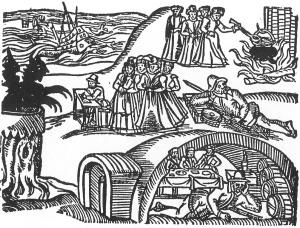Case Details
C/EGD/1777 Margaret Lang
- name of accused
- Margaret Lang
- designated title
- no information
- Accused Reference
- A/EGD/1760
- Case date start
- 19/3/1697
- Given case date
- no information
- Case commission
- no information
- case complaint
- no information
- case correspondence
- no information
- case chronicle
- no information
- other details
- no information
